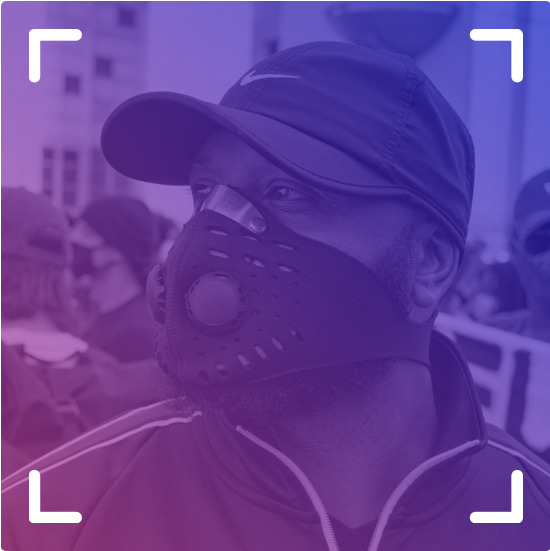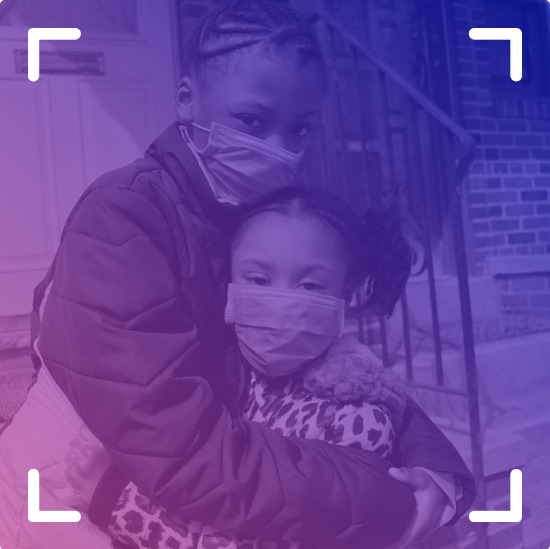SUPPORTING RESILIENT COMMUNITIES

TOXIC STRESS AND COPING
- The toxic stress of racism affects individuals, families and communities and can prevent participation in mitigation practices, including mask wearing and vaccine uptake. Individuals develop physiological and mental health profiles that reflect the embodiment of racism as a chronic stressor.
- Racism weakens bonds of social connectedness in families and communities.
LIVED AND VICARIOUS TRAUMA
- Media frames have an impact on community lenses and identities.
- Mass media images of police brutality, social injustice and stigmatized deaths (e.g. COVID19) can have negative psychological impacts on communities of concern.
MEDICAL MISTRUST AND CONFIDENCE
- Medical mistrust, vaccine hesitancy and other nonadherent responses to public health recommendations are tied to racist, historical trauma.
- Mistrust of the public health and healthcare sectors is longstanding and well-documented. It stems from historical as well as ongoing experiences with unequal treatment and racism within the healthcare system. The mistrust reflects legitimate concerns about racism, and therefore, should not be conflated with science denialism (e.g. anti-vaccine sentiment).
PROMOTING COMMUNITY CONNECTEDNESS
COMMUNITY WORKFORCE EDUCATION

Community Workforce Education
- Health and crisis communication practice must be informed by our understanding of human behavior and psychology, media effects, interpersonal and cultural communication, and the process for diffusion of stigmatizing and harmful norms.
- Public health surveillance activities and epidemiological research routinely track, identify, and describe patterns of disease and risk factors in populations, the population characteristics typically available in these data are limited (e.g. age, race, sex, geographic boundaries) and provide crude proxy for culture and other shared values, beliefs, experiences and living conditions of a group.
- Health communication practitioners rely on these data to understand audience segments highest at risk for disease and illness. The problem is that, without cultural specificity that takes into account racism as expressed through stigma and discriminatory structural factors, even targeted public health communication may default to single, rarely multifaceted, approaches that that often miss many people in a given population. These limitations are rapidly magnified during public health crises.

Community Crisis Monitoring
- An equitable surveillance system must account for the adverse effects surveillance strategies typically have for communities of color through intentional and inadvertent actions. The sharing of information between public health and other (e.g., law enforcement) sectors can lead to incarceration, deportation and loss of social services. Improving community control over surveillance mechanisms reduces this possibility and improves community access to the tools of knowledge production.
- This expands our understanding and approach to crisis communication.
COMMUNITY CRISIS MONITORING




